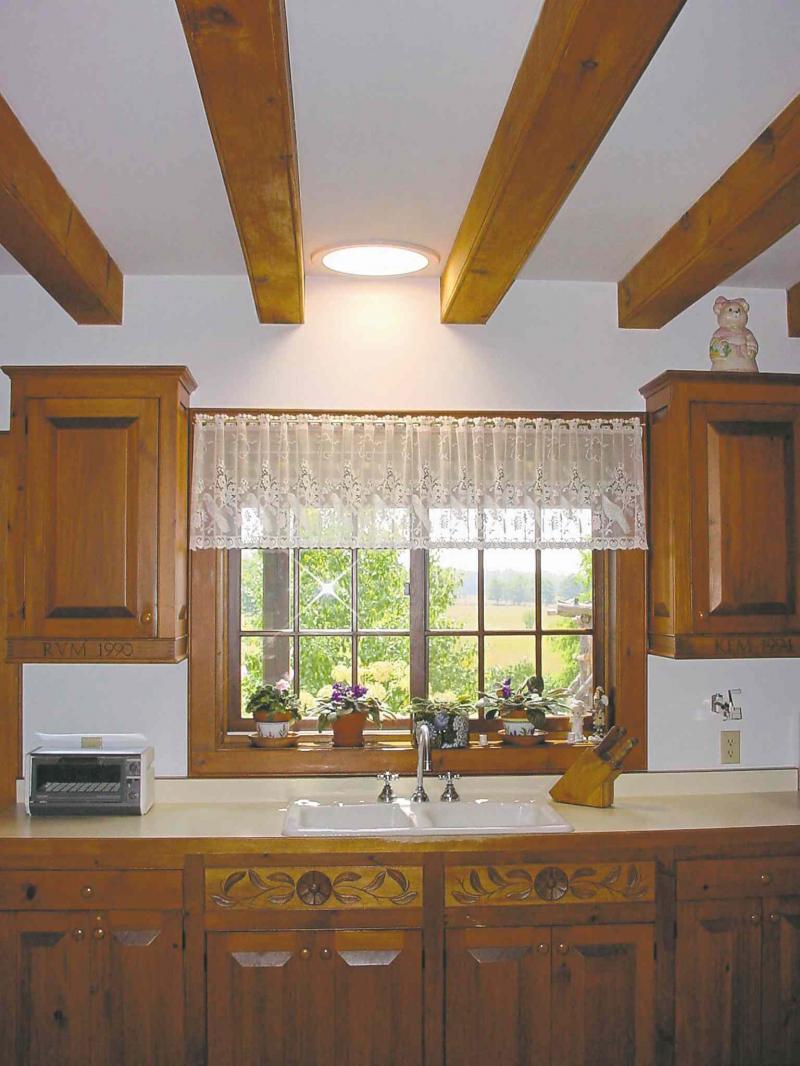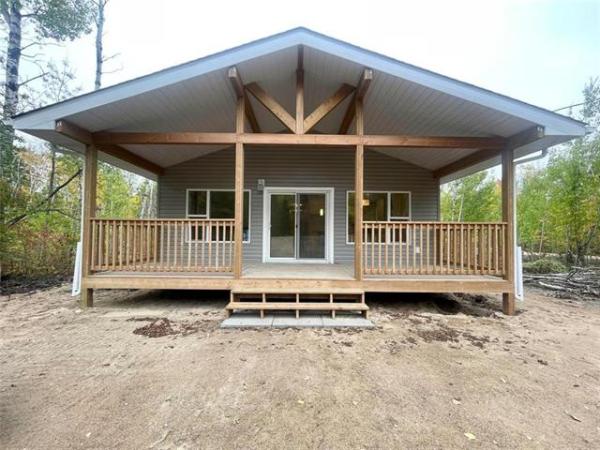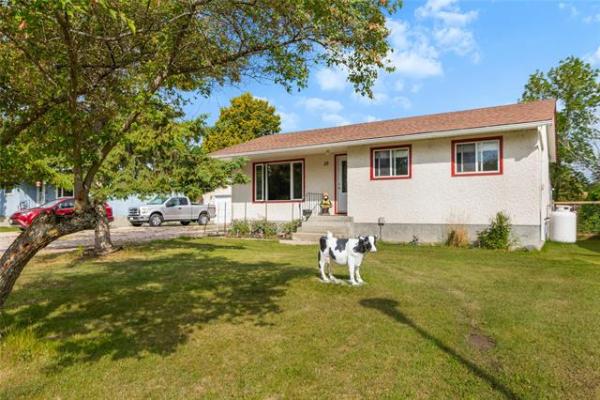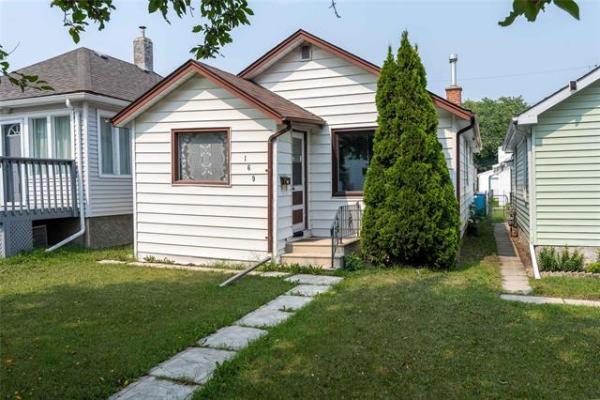
Question: In a previous edition of the Winnipeg Free Press, you addressed the question relating to the removal of skylights. You highlighted general concerns about the installation of skylights, such as condensation and leakage. These are concerns I share. There are several areas in our home, however, that could use additional light that could be provided by a skylight or some alternative. As an alternative to the traditional skylight, I have been considering the use of sun tunnels. These items appear to be relatively new to the market, and are generally available at building supply stores and come in a variety of designs. Their cost appears significantly more than that of a traditional skylight, or at least from the ones I have seen. What is your experience with sun tunnels? Are they prone to the same problems as traditional skylights, and is the amount of light they provide worth the investment? Your advice would be appreciated.
Thank you, Boyd Smith
Answer: Searching to obtain as much information about relatively new building products, prior to installation, is an excellent endeavour on your part. History is full of examples where new products cause unforeseen problems, or outright failures, due to improper installation, design, or climate related issues. I have not heard of sun tunnels being in this category but any type of skylight may be problematic in our northern climate.
The main issue with any type of skylight, which essentially is a roof-mounted window, is due to the installation location. Because they require a relatively large opening to be cut in a well-sealed roof, leakage is always a possibility. To prevent this issue, most skylights are installed on a raised curb, which prevents water or melted snow from running downward around the skylight, if any gaps open up in the roofing. To prevent water from leaking into this curb, it must be well sealed and covered with metal flashings. While this is not that difficult an undertaking, the raised-curb installation does create another potential dilemma in our northern area. In warmer climates, where the temperature rarely drops below freezing, the main enemy of skylight curbs is rainfall. Preventing even strong rains from infiltrating the roof system around a raised curb on a pitched roof may be effectively done with a top-notch flashing job. Because the rainwater is constantly fluid, deflecting it around the skylight is not that difficult. But it creates a problem when the temperature drops below freezing. Any residual moisture on the roof will freeze, creating areas of ice around any roof protrusions, such as a skylight curb. Because water expands as it freezes, any moisture that sneaks under the roofing or flashing can cause these critical components to lift slightly, which may allow water to penetrate once the weather warms. Furthermore, snow and ice may build up significantly above a skylight during a typical winter. This will also increase the chance of leakage once the weather warms.
The approach of the sun tunnels, as I understand it, is to eliminate the need for a curb installation, which may prevent snow and ice accumulation by making the skylight round, rather than square. The dome of the unit does not protrude very high above the roof, further minimizing the chance of trapping moisture. These design features may work well in our wintry weather, but the true issue may be below this area in the attic.
Any skylight on a sloped roof, whether a conventional or a complete unit like the one you have referenced, has to have a portion that travels through the attic. This section has to be well-sealed and properly insulated to prevent condensation, moisture and frost issues. The sun tunnels may have some integral insulation in the tubular section that passes through the attic, but it is doubtful this is sufficient for the Canadian market. Having this pre-assembled at the factory should ensure that it is as airtight as possible, but the exterior of the tube still may require additional thermal protection. This tube assembly will require insulation, just like a box built beneath a traditional skylight. This may be possible using traditional fibreglass batts, but blowing polyurethane foam insulation around the assembly after insulation will be a better choice. That will also allow the existing ceiling to be air-sealed to the skylight, minimizing air leakage from the living space around the unit.
Be careful with any manufactured building product that is not specifically designed for the Canadian climate. While a sun tunnel may be a practical item for your home, it will likely have to be insulated and sealed in the attic after installation to meet our current standards. That will be necessary to prevent excessive condensation, which could lead to melting frost and moisture damage, common with any skylight retrofitted into a home in the Great White North. Whether the additional sunlight is worth the extra effort and expense is your decision.
Ari Marantz is the owner of Trained Eye Home Inspection Ltd. and the past president of the Canadian Association of Home and Property Inspectors for Manitoba (cahpi.mb.ca). Email questions to trainedeye@iname.com. Ari can be reached at 204-291-5358 or check out his website at trainedeye.ca.



